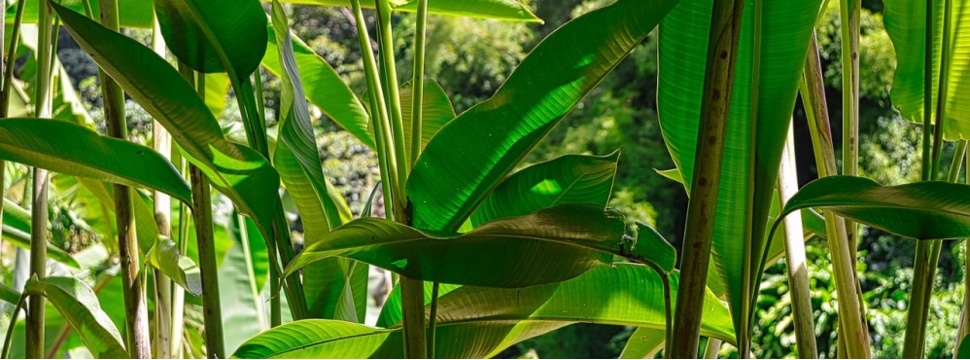Abaca pulp - important raw material in the paper industry
News General news
Abaca pulp is an important raw material in the paper industry and is valued for its special properties in the manufacture of high-quality paper products. In this article, you will find out what abaca pulp is used for, where it comes from and how it is extracted and processed.


Use of abaca pulp in the paper industry
Abaca pulp is characterized by its high strength, purity and brightness. It is therefore mainly used in the paper industry for the following products:
- High-quality printing papers such as magazine and catalog paper
- Packaging papers and cardboard packaging for demanding applications
- Special technical papers that have to meet high requirements
- Carbonless papers and thin papers for cigarettes or Bibles
The properties of papers can be specifically improved by adding abaca pulp. For example, tear resistance and stability can be increased or a particularly smooth and bright appearance can be achieved.
Origin of abaca pulp
Abaca pulp is obtained from the fast-growing hardwood of the abaca plant, also known as Manila hemp. The abaca is native to the Philippine archipelago. The warm climate and high humidity there provide ideal conditions for the plant to thrive.
Abaca is now also grown in plantations in other tropical regions such as Costa Rica, Ecuador and Indonesia. However, the largest cultivation areas and exporters of abaca are still in the Philippines.
Harvesting and extraction of abaca fibers
Abaca is a perennial plant that grows to a height of up to 6 meters. After 18-24 months, the abaca stems are ready for harvesting. Harvesting is done manually with the help of knives:
- First, the 3-5 meter long stems are cut off close to the ground.
- Then the leaves are removed and the trunks are cut into manageable pieces about 1 meter long.
- In the next step, the fiber bundles are separated from the trunk tissue by hand or by machine.
- The long fibers are then washed and dried in the sun.
- The fibres are further cleaned by brushing, parallelized and sorted according to quality.
- The finished fiber bundles are pressed into bales and transported to the pulp mills.
The manual process for extracting abaca fibers is very labor-intensive. Only 15-20 kg of dry fibers can be obtained from one ton of fresh abaca logs.
Processing into abaca pulp
In the pulp mills, the abaca fibers are processed into high-quality pulp in several stages:
- First, the fiber bundles are defibered into their individual fibers.
- Impurities and accompanying substances are removed by boiling under pressure and adding chemicals.
- After repeated washing and bleaching, a pure, white pulp is obtained.
- The finished pulp is dewatered, pressed and dried into sheets or rolls.
- In this state, the abaca pulp is delivered to the paper mills.
Depending on the quality grade and degree of purity, abaca pulp is slightly yellowish to snow-white. Electrolytically bleached abaca pulp is used for particularly high-quality papers.
Conclusion: Abaca pulp - a valuable raw material
Due to its advantageous properties, abaca pulp is a sought-after raw material for the production of quality papers. Obtained from the fibers of the tropical abaca plant, it undergoes numerous manual and mechanical processing steps from harvesting to use in the paper mill.
The combination of renewable raw material and complex refinement makes abaca pulp a valuable and limited resource. However, abaca pulp is still the first choice for demanding applications and high-quality papers where stability, brightness and purity are required.











